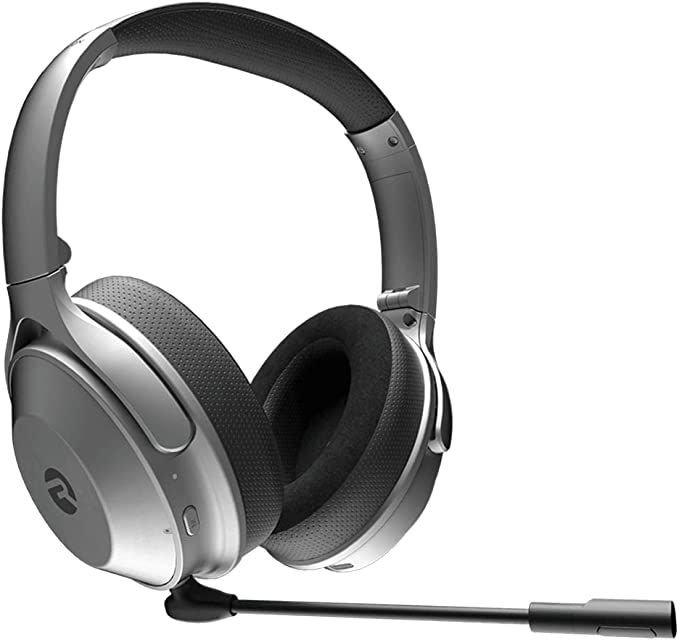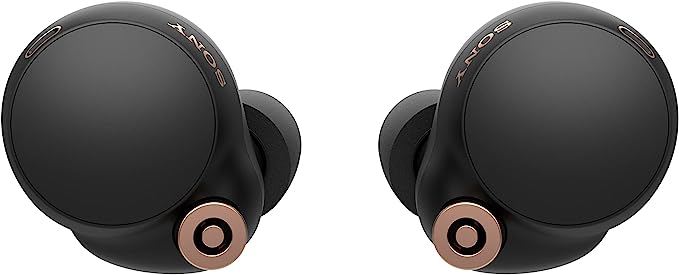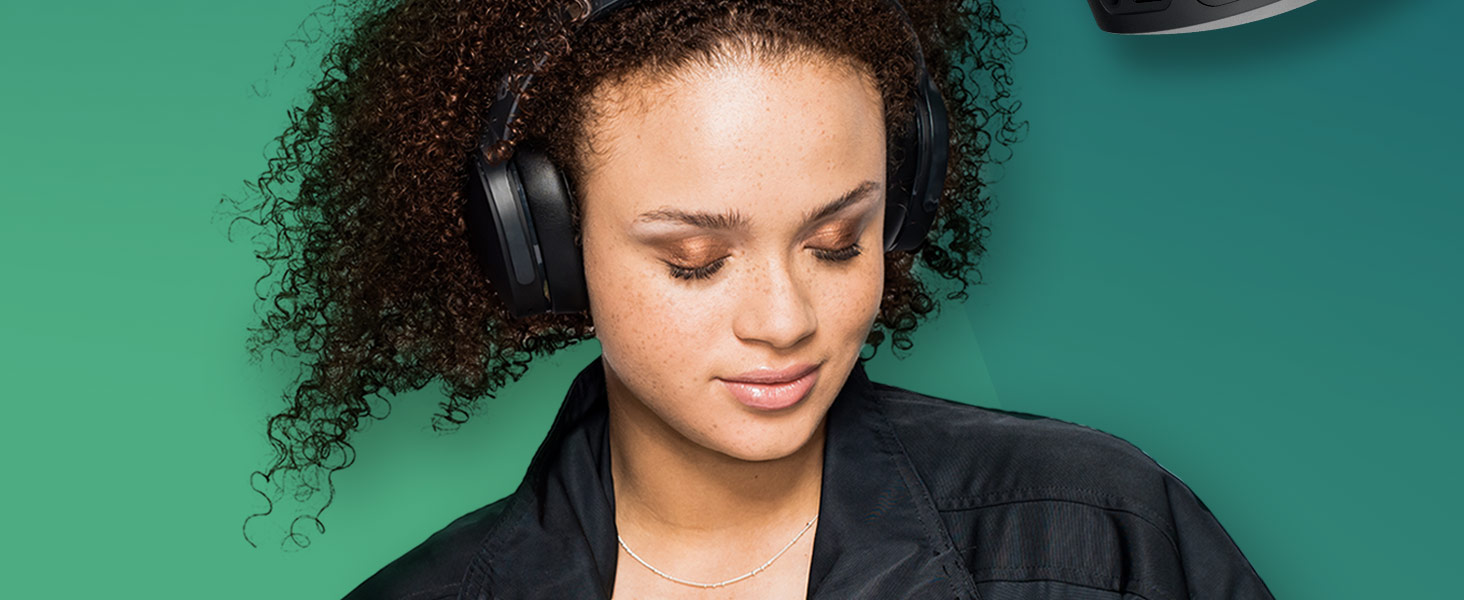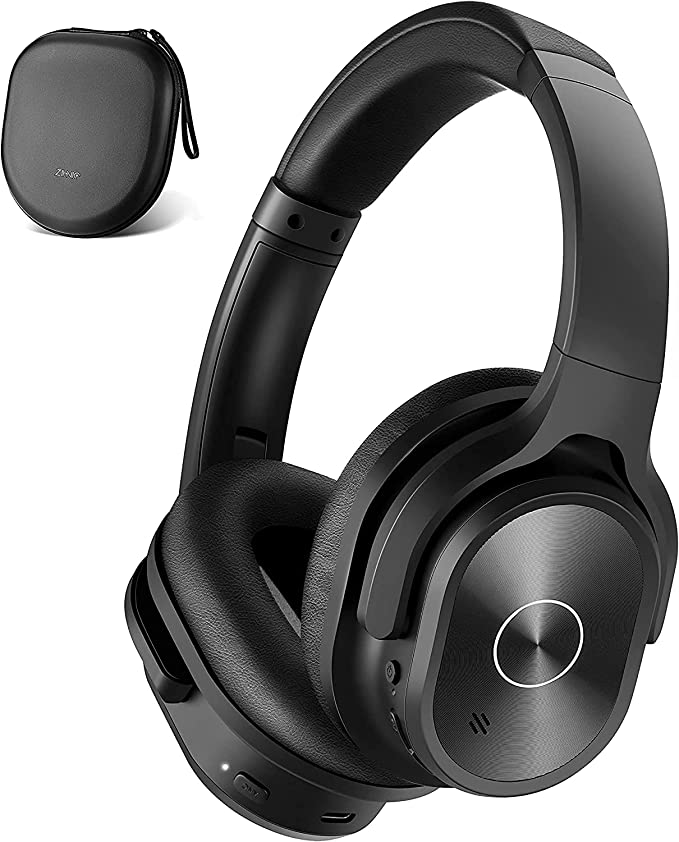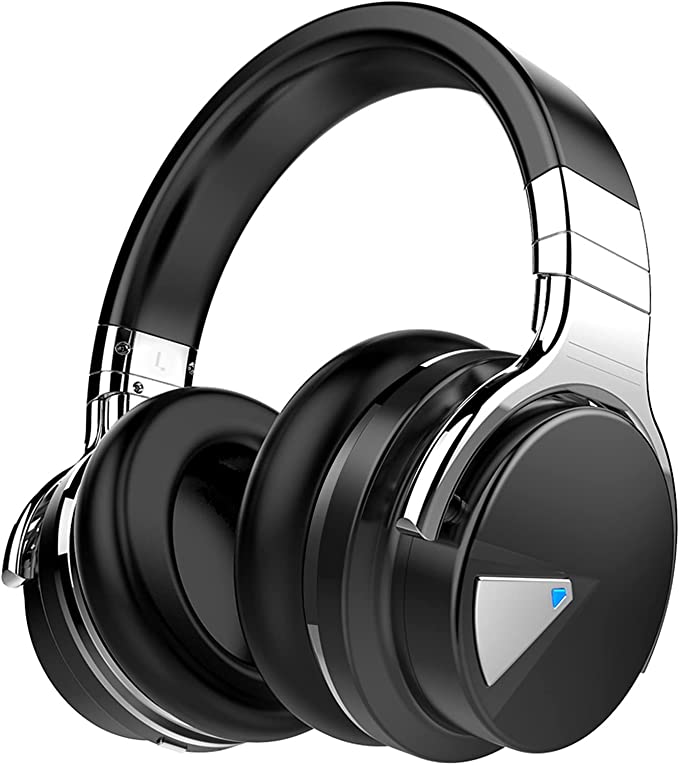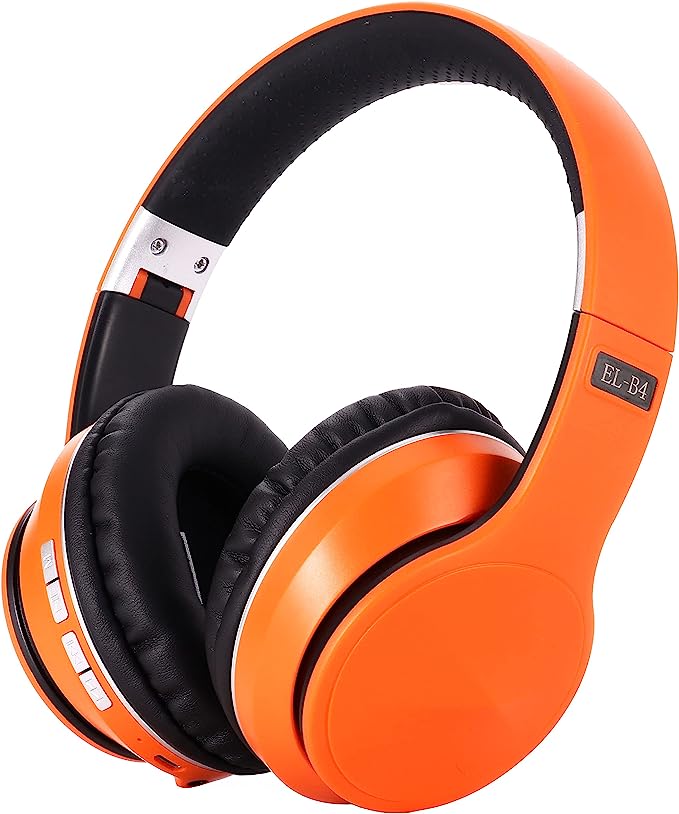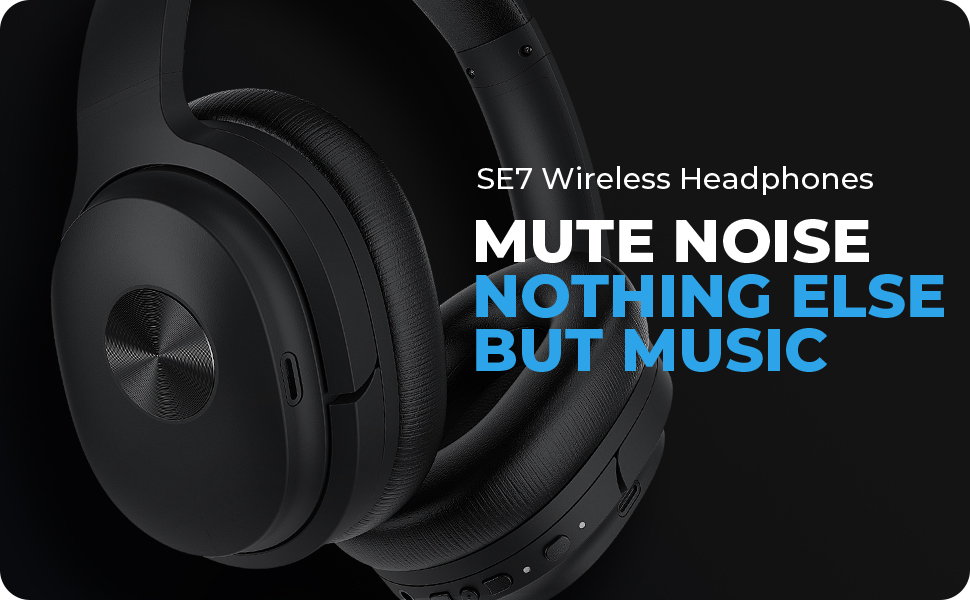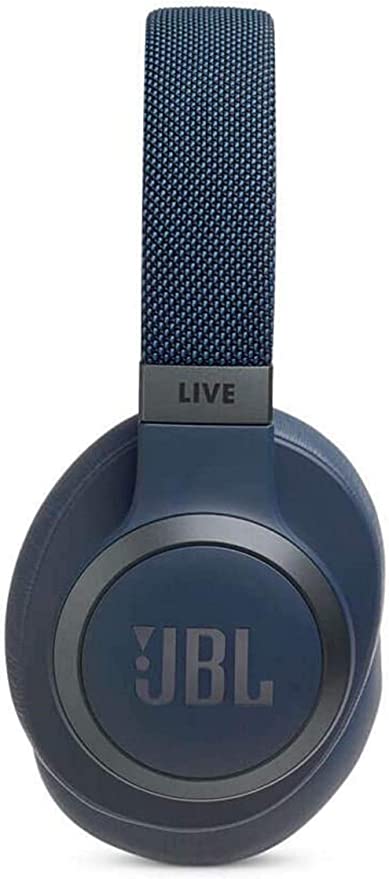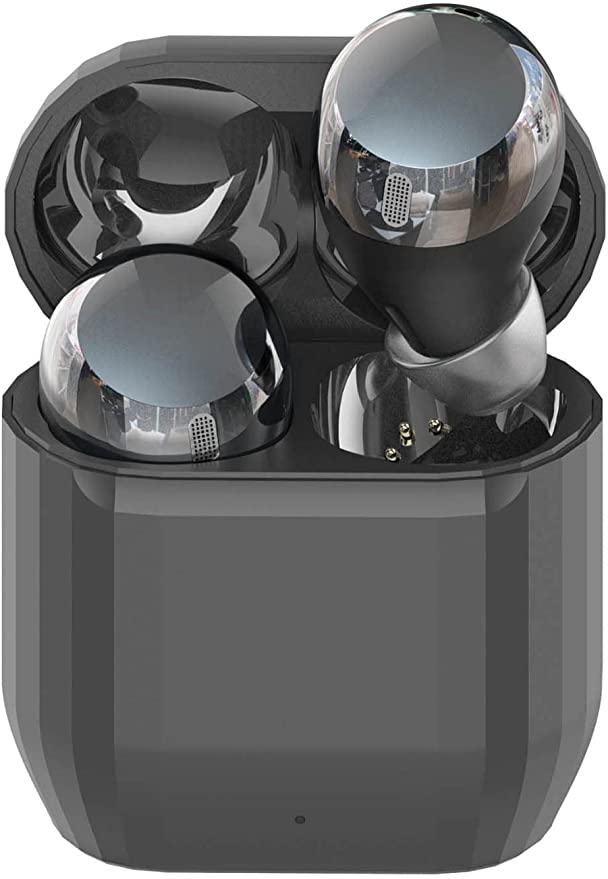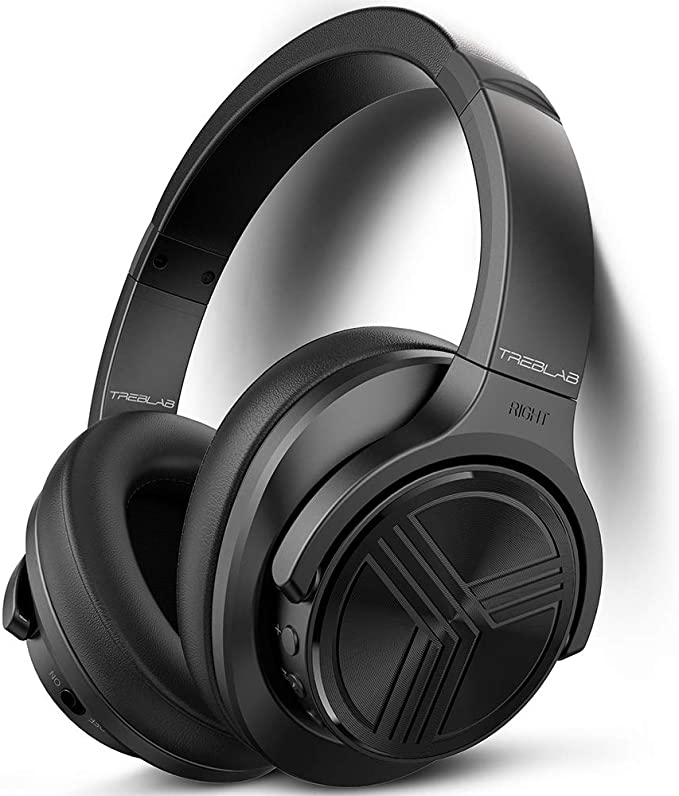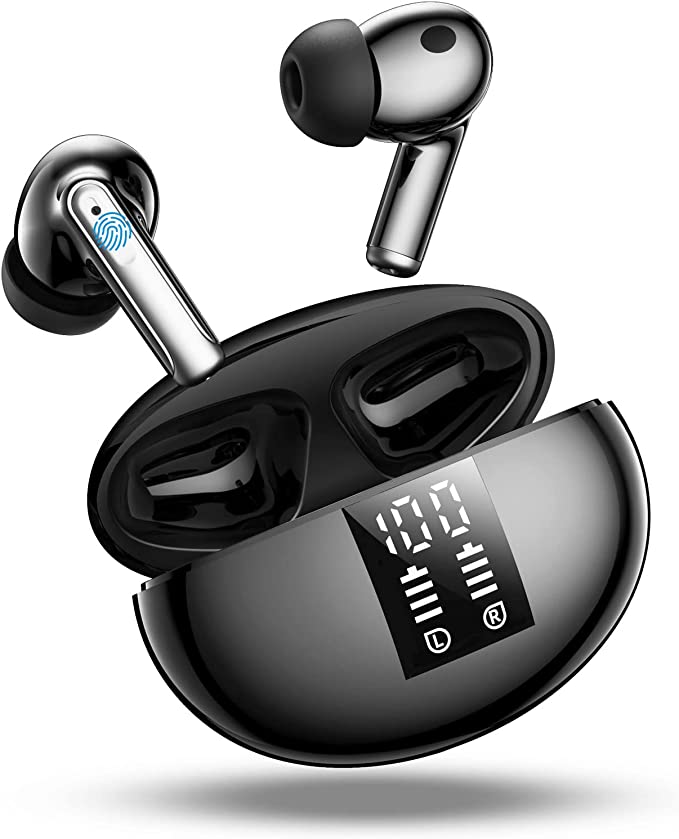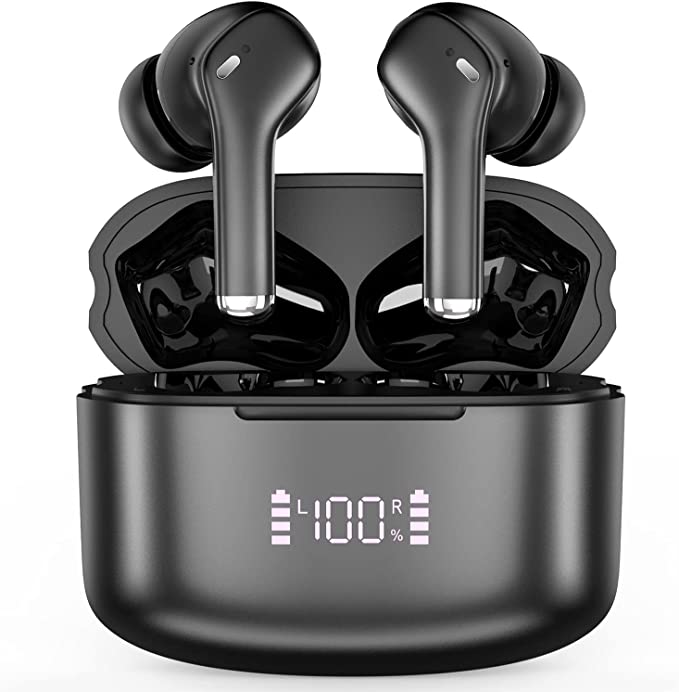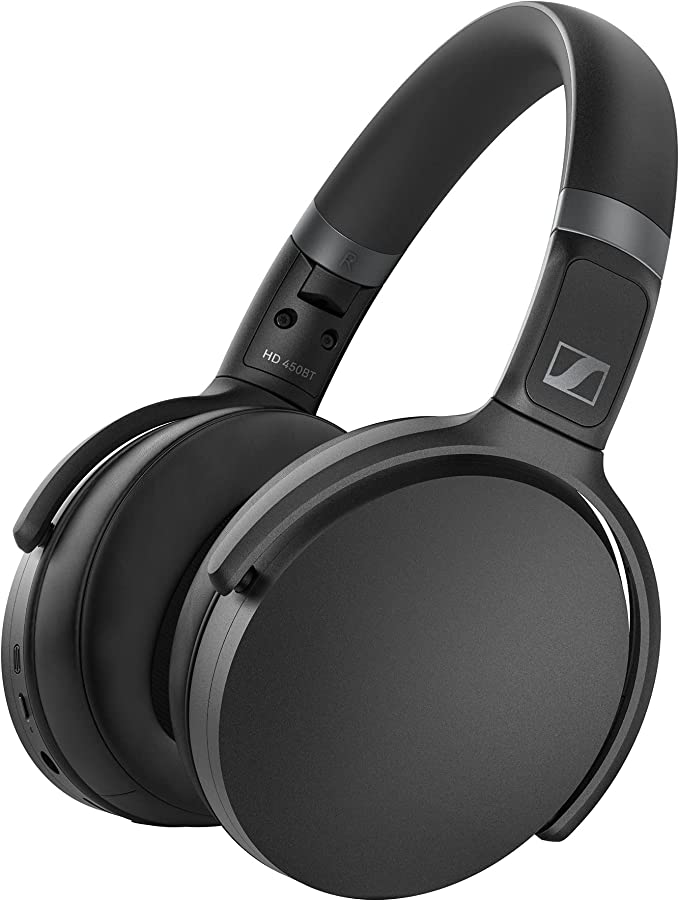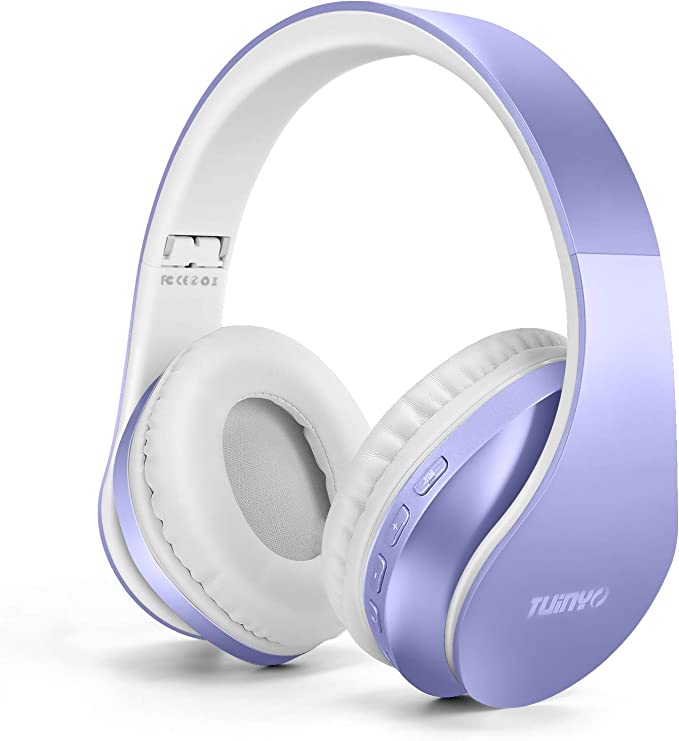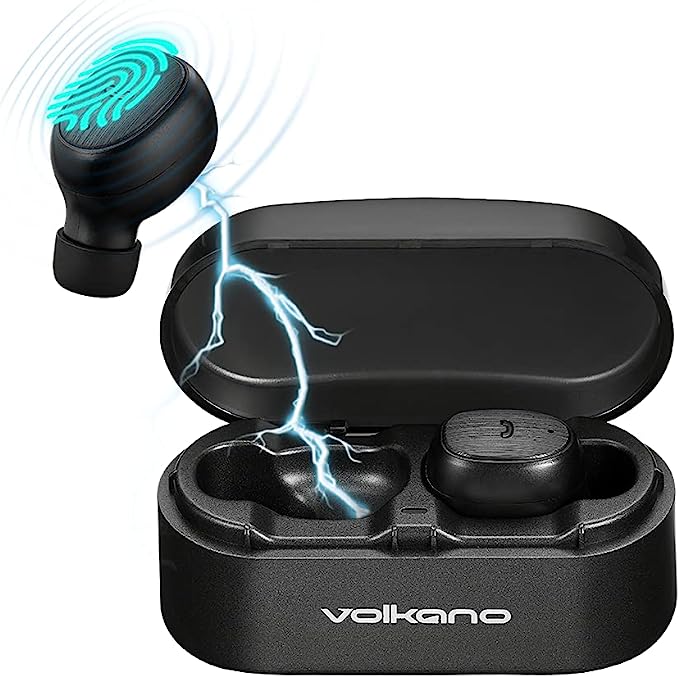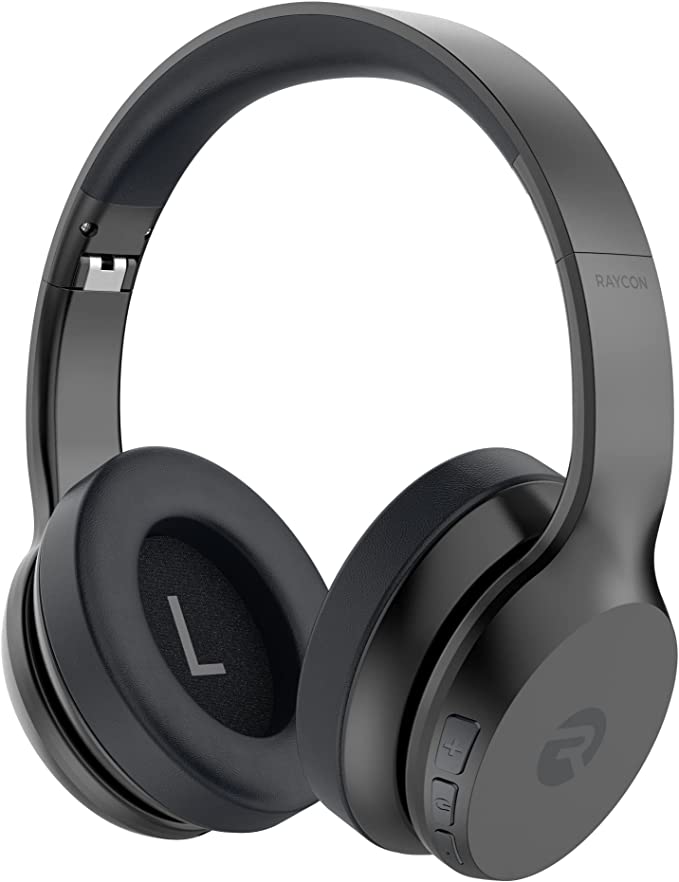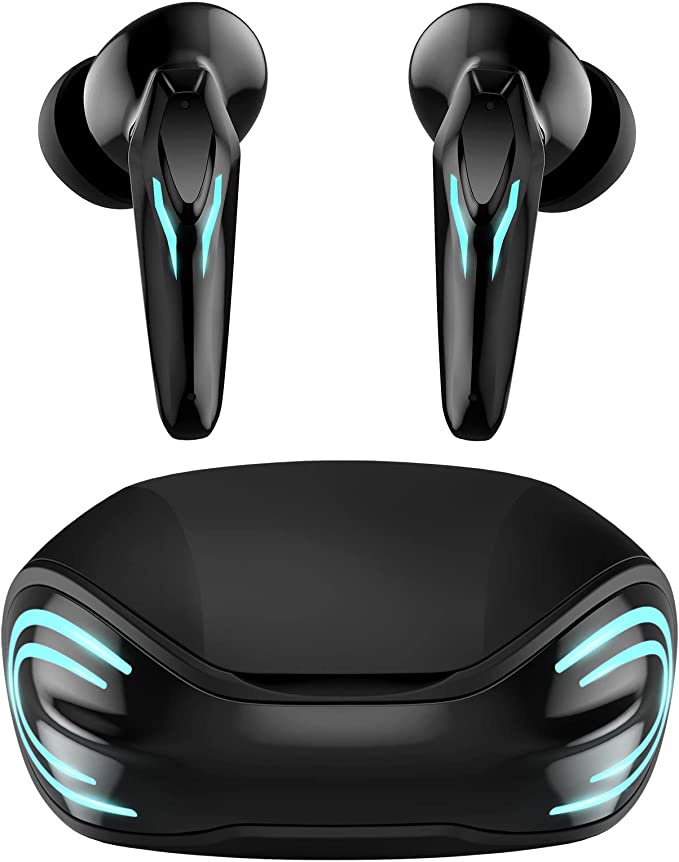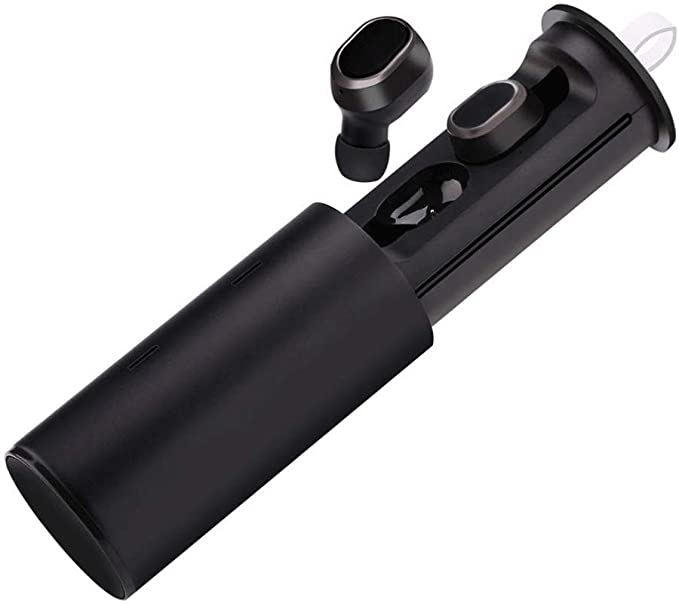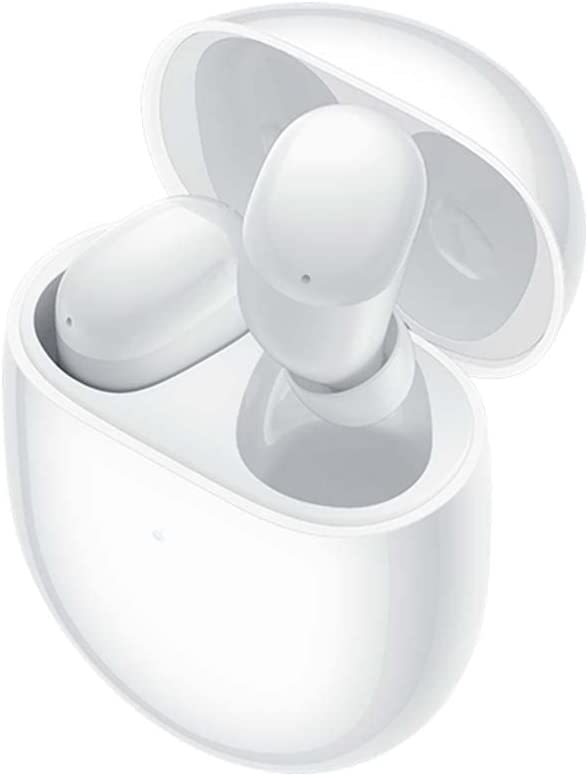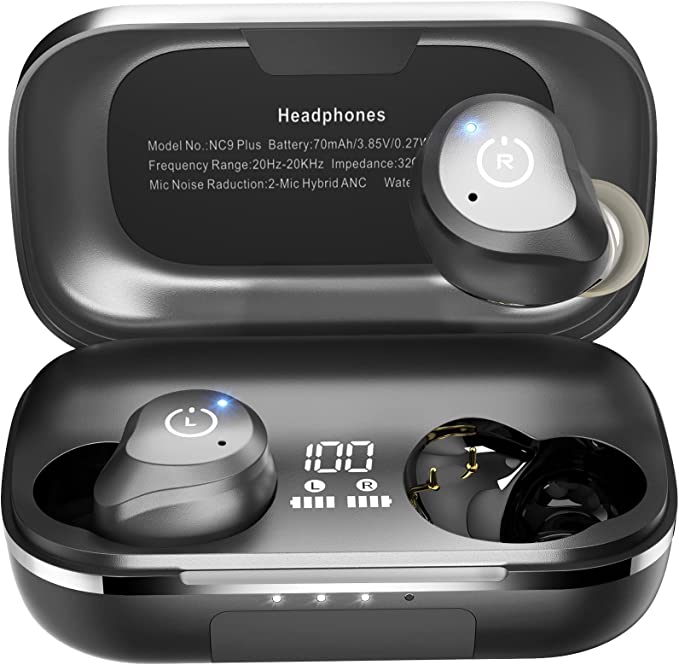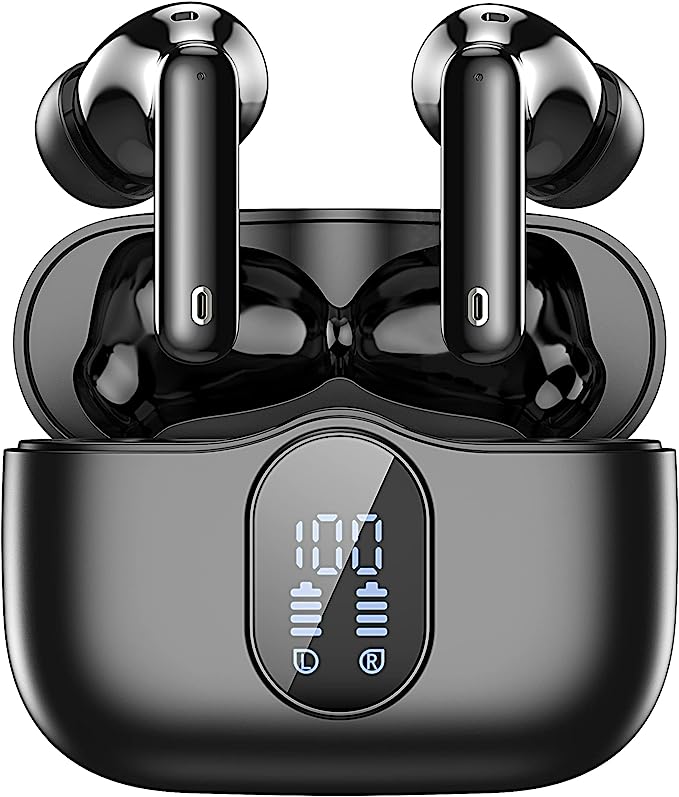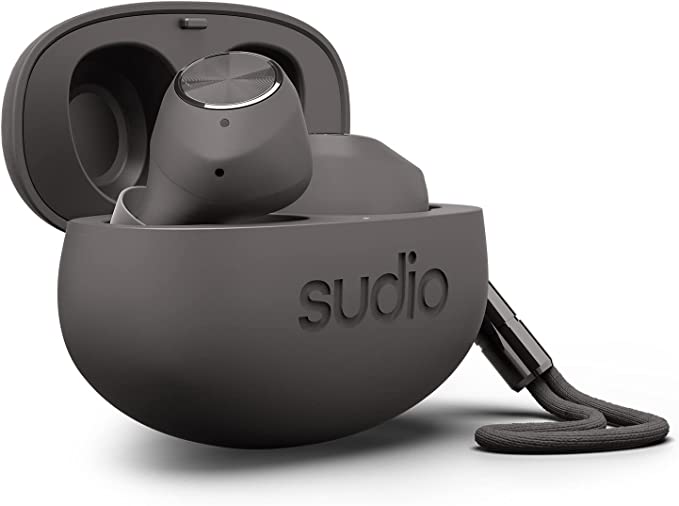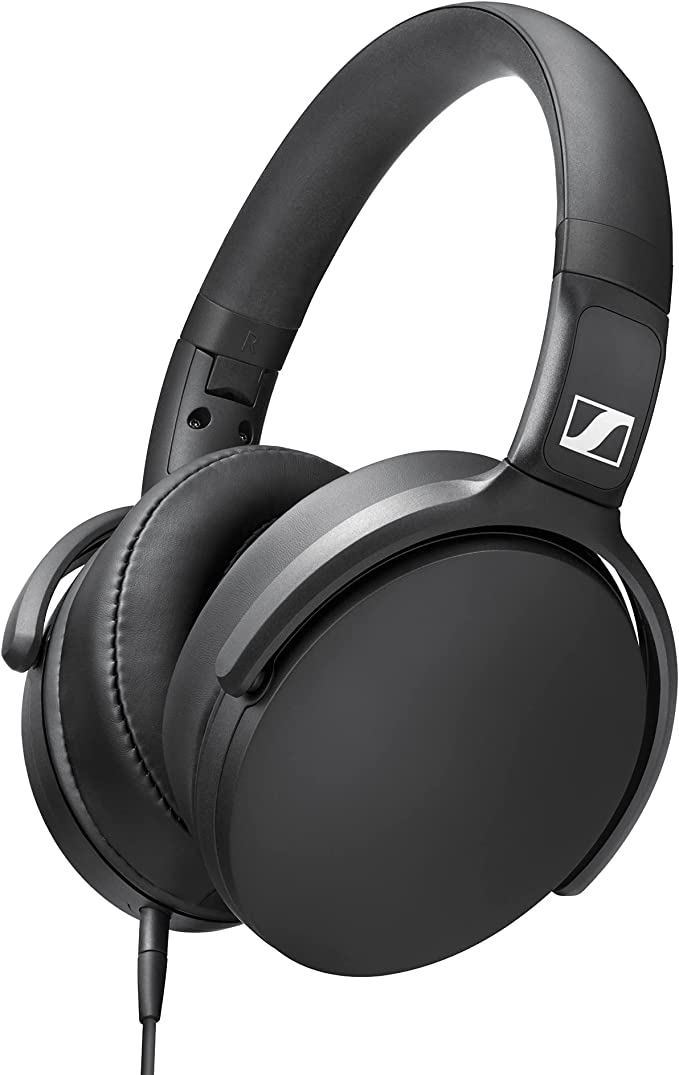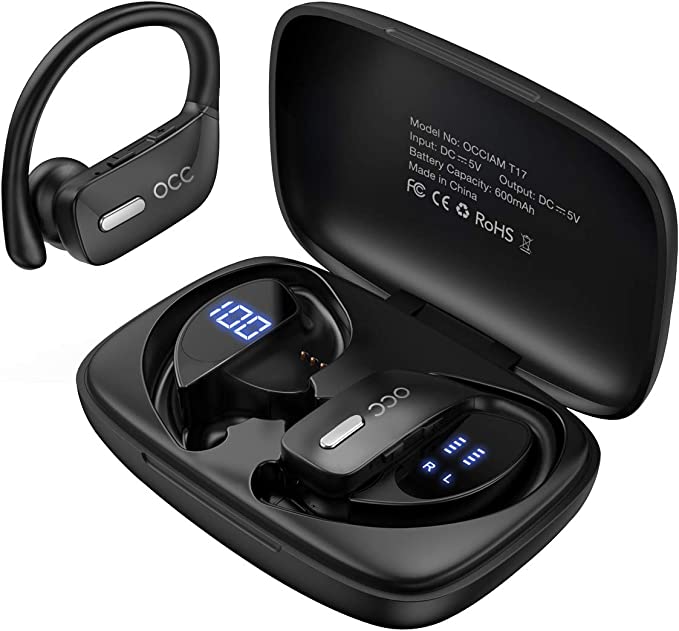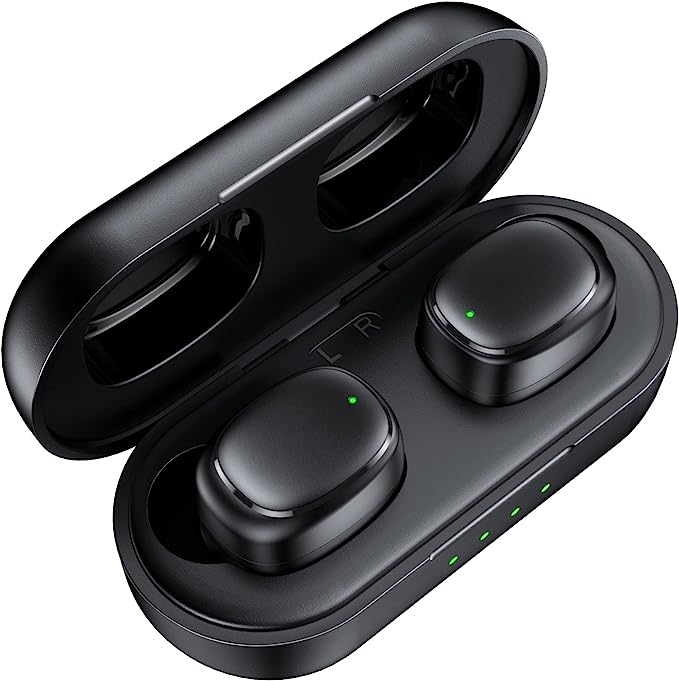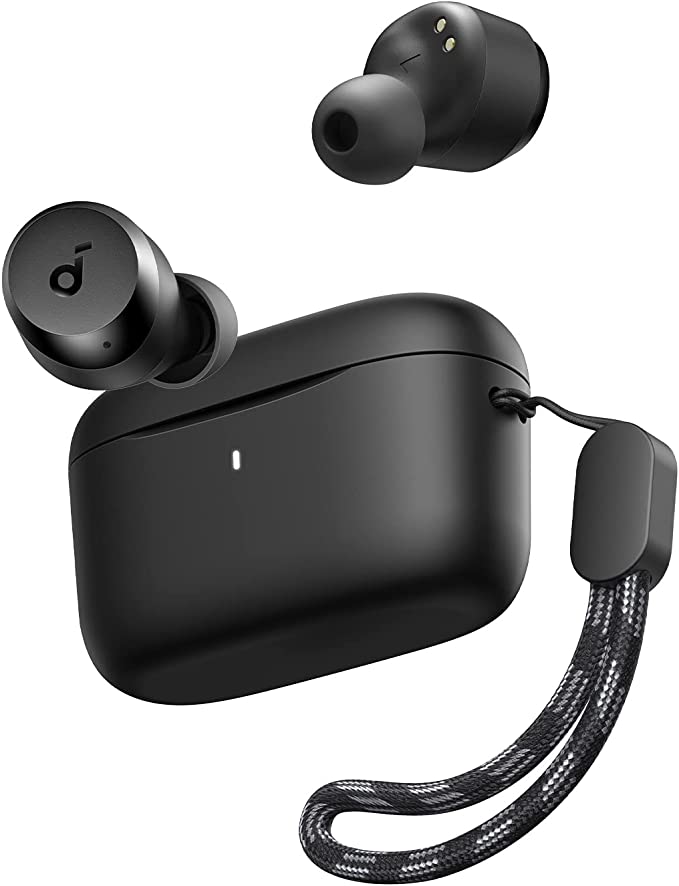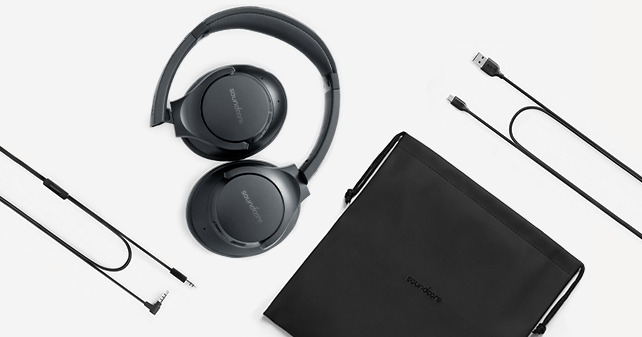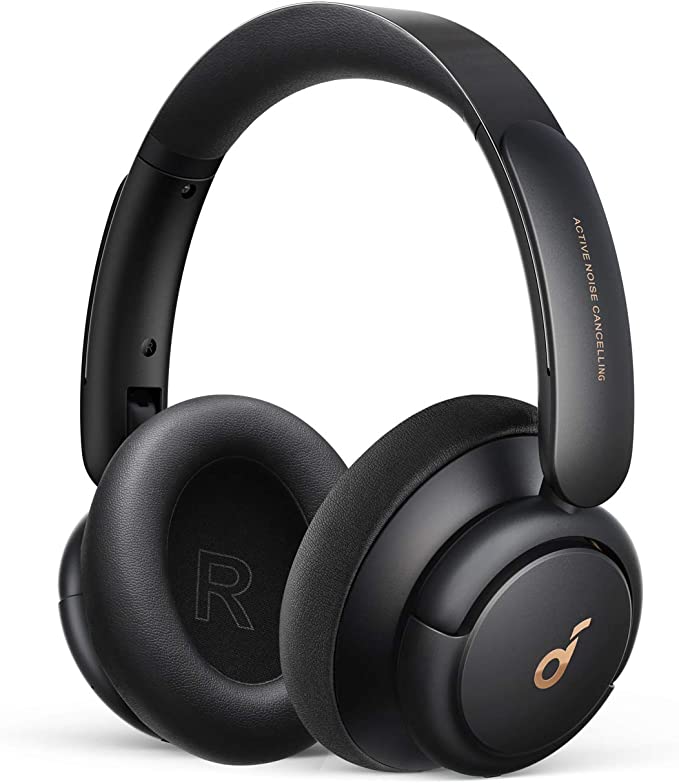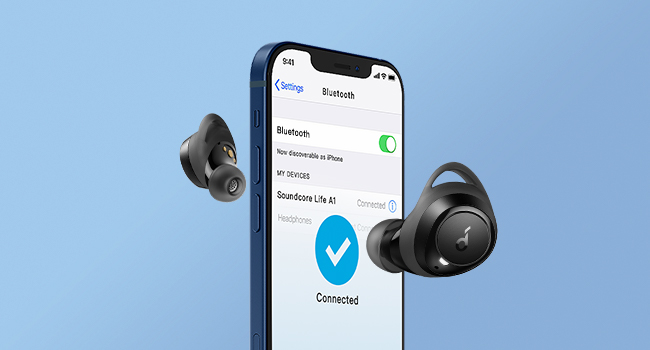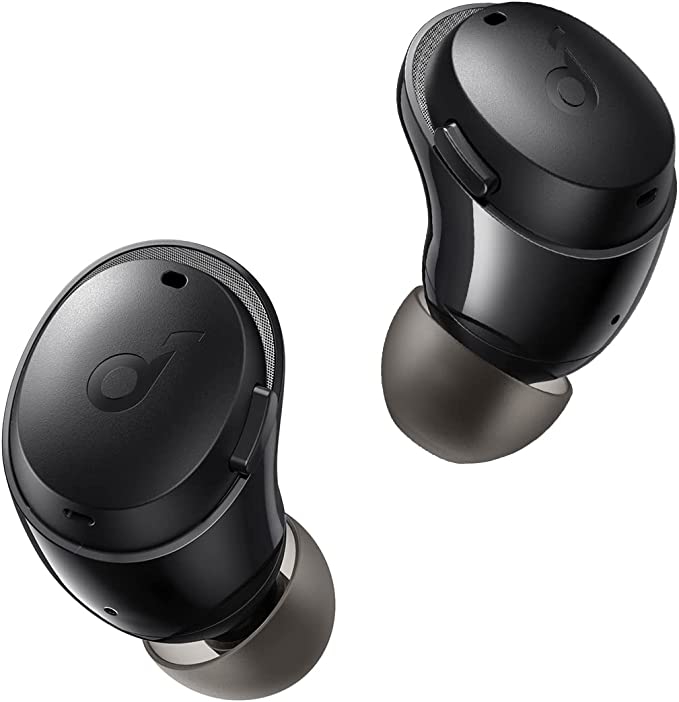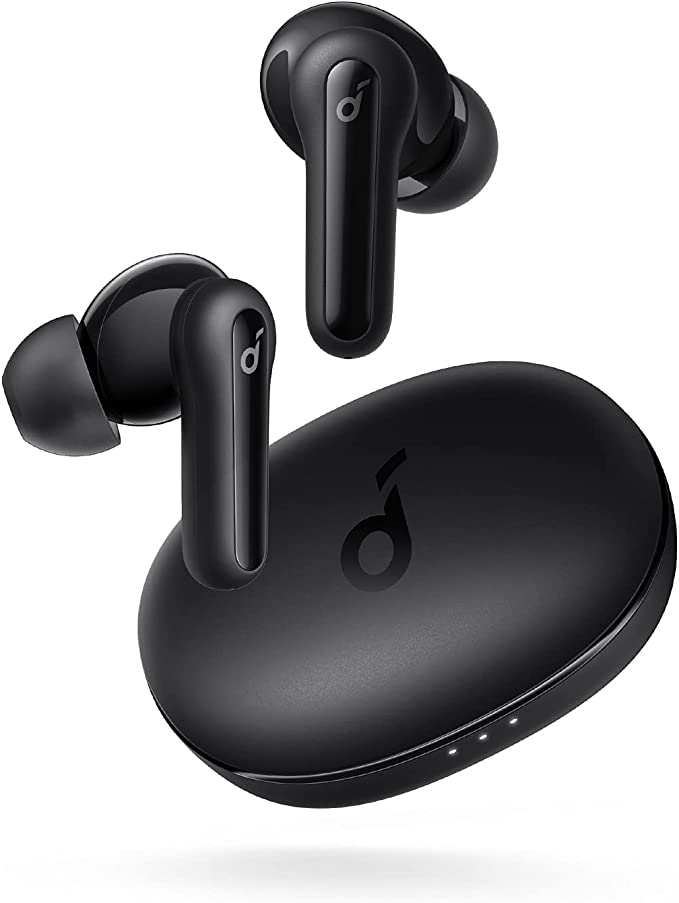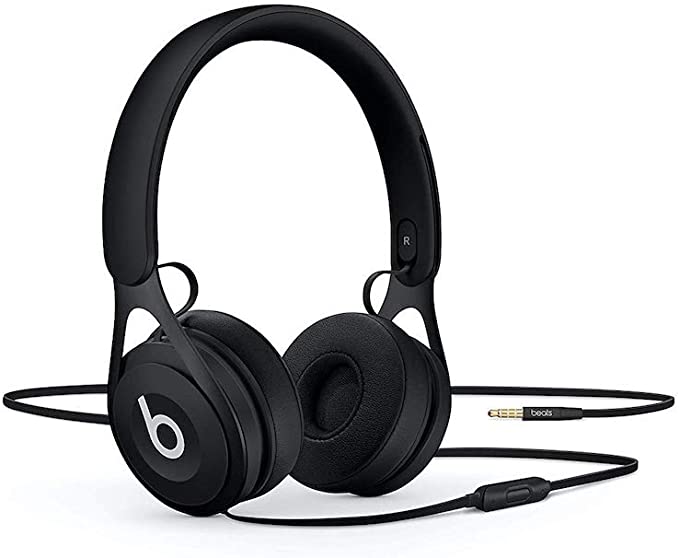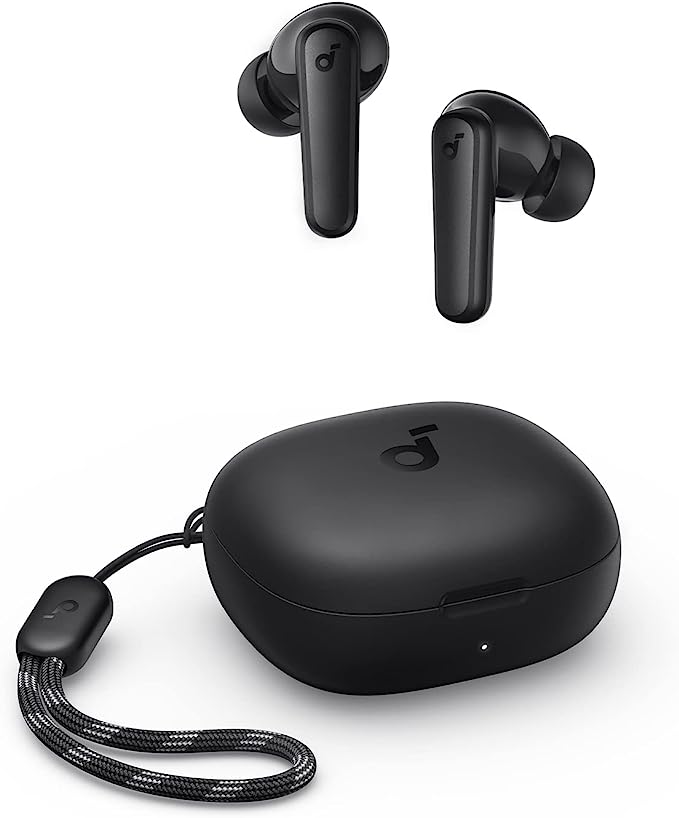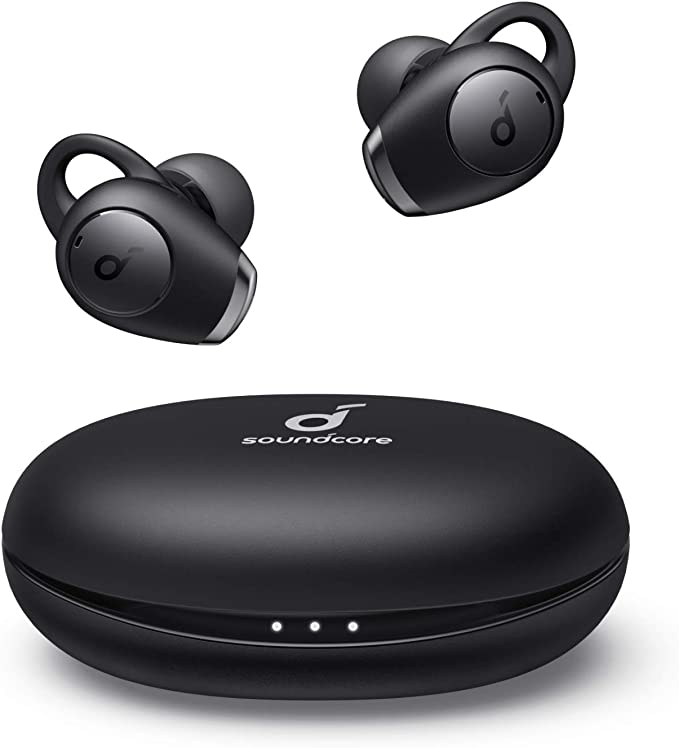E-SHIDAI H7 Portable Wireless Headphones – Immersive Sound and Comfort
Update on July 3, 2025, 1:35 p.m.
It’s a scene many of us know by heart. You’re buckled in, suspended 30,000 feet in the air, but relaxation is impossible. A relentless, soul-shaking drone permeates everything—the very air vibrates with the raw power of the jet engines. It was on a flight exactly like this in 1978, traveling from Zurich to Boston, that Dr. Amar Bose had an epiphany. An audio engineer, he was frustrated that the roar of the engines overwhelmed the music from his airline-issued headset. But instead of just getting annoyed, he began to wonder: what if, instead of trying to overpower the noise, you could simply erase it? What if you could fight sound with sound?
That question, scribbled on a napkin somewhere over the Atlantic, sparked a decades-long quest. It’s a quest that has culminated in technologies now so common we find them in products like the E-SHIDAI H7 Portable Wireless Headphones. These devices, and others like them, are not merely gadgets; they are pocket-sized monuments to that very idea. They are time machines that take us on a journey through physics, engineering, and history, all in service of one of humanity’s most profound desires: a little bit of peace and quiet.

The Elegant Physics of Nothing: How to Erase a Soundwave
To understand how a pair of headphones can create silence, we first need to appreciate what sound is: a wave of pressure traveling through the air. Now, imagine dropping a pebble into a still pond. You see ripples—crests and troughs—radiating outwards. This is a perfect visual for a soundwave. What Dr. Bose envisioned, and what lies at the heart of Active Noise Cancellation (ANC), is a principle of physics as elegant as it is powerful: destructive wave interference.
Think of the pond again. If you could magically create a second set of ripples that were the exact mirror image of the first—where every crest was met by a trough of the same size—the two would meet and cancel each other out. The water’s surface would become perfectly flat again. This is precisely what ANC does, but with the invisible waves of sound.
A modern noise-canceling headphone is a miniature, real-time physics laboratory.
- The Ear: A tiny microphone on the outside of the earcup constantly listens to the ambient noise, particularly the low-frequency, monotonous drones like engine hums, air conditioners, or the rumble of a train.
- The Brain: A sophisticated microchip inside, the digital signal processor (DSP), analyzes this incoming soundwave in a fraction of a millisecond.
- The Voice: The chip instantly generates a brand new soundwave that is the exact opposite—or ‘out-of-phase’ mirror image—of the noise.
- The Result: The headphone’s speaker plays this newly created “anti-noise” wave directly into your ear. The original noise and the anti-noise meet, and just like the ripples on the pond, they annihilate each other.
When a product like the H7 claims to block “70% of ambient noise,” it’s referring to the effectiveness of this electronic magic, which works best on those persistent, low-frequency sounds. It’s not a magic eraser for all noise; a sudden dog bark or a nearby conversation is too complex and high-pitched for the system to react to perfectly. That’s where its silent partner, Passive Noise Cancellation—the simple physical seal created by the over-ear cups and memory foam—comes in to muffle the rest. Together, they create your personal bubble of tranquility.

Cutting the Invisible Cord: The Viking King in Your Pocket
Having conquered the noise outside, the next frontier was conquering the clutter of wires. This brings us to the second piece of quiet brilliance tucked inside these headphones: Bluetooth. The name itself is a nod to history, a charmingly nerdy tribute to the 10th-century Viking king, Harald “Bluetooth” Gormsson, famed for uniting the disparate tribes of Denmark and Norway. In the same spirit, the creators of Bluetooth technology envisioned a single wireless standard that could unite disparate devices like phones, computers, and headsets.
The Bluetooth 5.0 standard found in the H7 is a giant leap from its early ancestors. It’s not just about the convenience of having no tangled cords. It’s a sophisticated protocol that delivers a faster, more stable connection over a greater distance—up to about 15 meters or 49 feet in ideal conditions. The “+EDR” (Enhanced Data Rate) allows for more audio information to be sent, preserving sound quality. Most importantly, Bluetooth 5.0 is remarkably power-efficient. This efficiency is a cornerstone of the H7’s claimed 16-hour battery life, allowing a small, lightweight lithium-ion battery to power the complex dance of ANC processing and wireless transmission for an entire day. It’s the invisible thread that grants you the freedom to roam within your bubble of silence.

The Human Factor: Engineering for a World of Different Heads
Yet, all this invisible science is worthless if the physical product is uncomfortable. The final chapter in our headphone’s story is one of ergonomics and materials science—the science of designing for the human body. An over-ear design is chosen not just for its ability to create a good passive seal, but also because it distributes the headphone’s weight and clamping force around the ear, rather than directly on it, reducing fatigue over long listening sessions.
The use of memory foam in the earpads is another piece of subtle science. This viscoelastic material has the unique property of deforming under pressure and slowly returning to its original shape, allowing it to mold perfectly to the unique contours of your head.
However, this is also where mass-produced technology meets the messy, beautiful reality of human diversity. When some user reviews for the H7 mention that the fit is a bit too large even on the smallest setting, it’s not simply a product flaw. It’s a fascinating, real-world lesson in anthropometry, the study of human body measurements. Engineers must design for a statistical average, but no single design can perfectly fit every one of the billions of unique heads in the world. It’s a humbling reminder that even the most advanced technology must ultimately contend with the elegant imprecision of nature.

A Symphony of Science in Your Backpack
So, the next time you pick up a pair of headphones, take a moment. Don’t just see a plastic and foam device. See a time machine. In your hands is the legacy of a physicist’s curiosity about waves, an engineer’s brilliant idea on a noisy airplane, a communication standard named for a Viking king, and materials science that conforms to your very skin. A product like the E-SHIDAI H7 is remarkable not because it’s the most advanced or luxurious, but because it represents the final stage of a long journey: technological democratization. It’s the moment when extraordinary science, once the domain of aviation and military budgets, becomes ordinary, affordable, and accessible enough to simply pack in a bag. It’s a symphony of human ingenuity, quietly playing in the background of our everyday lives.
